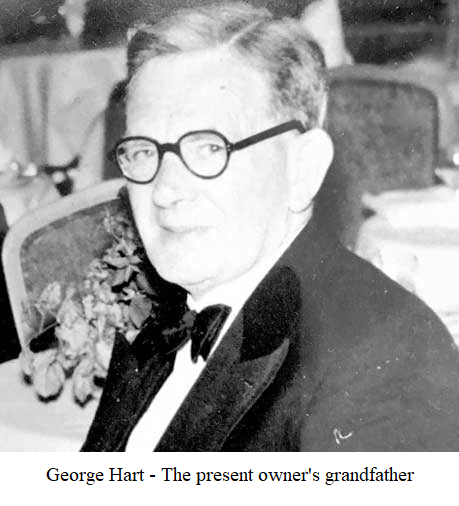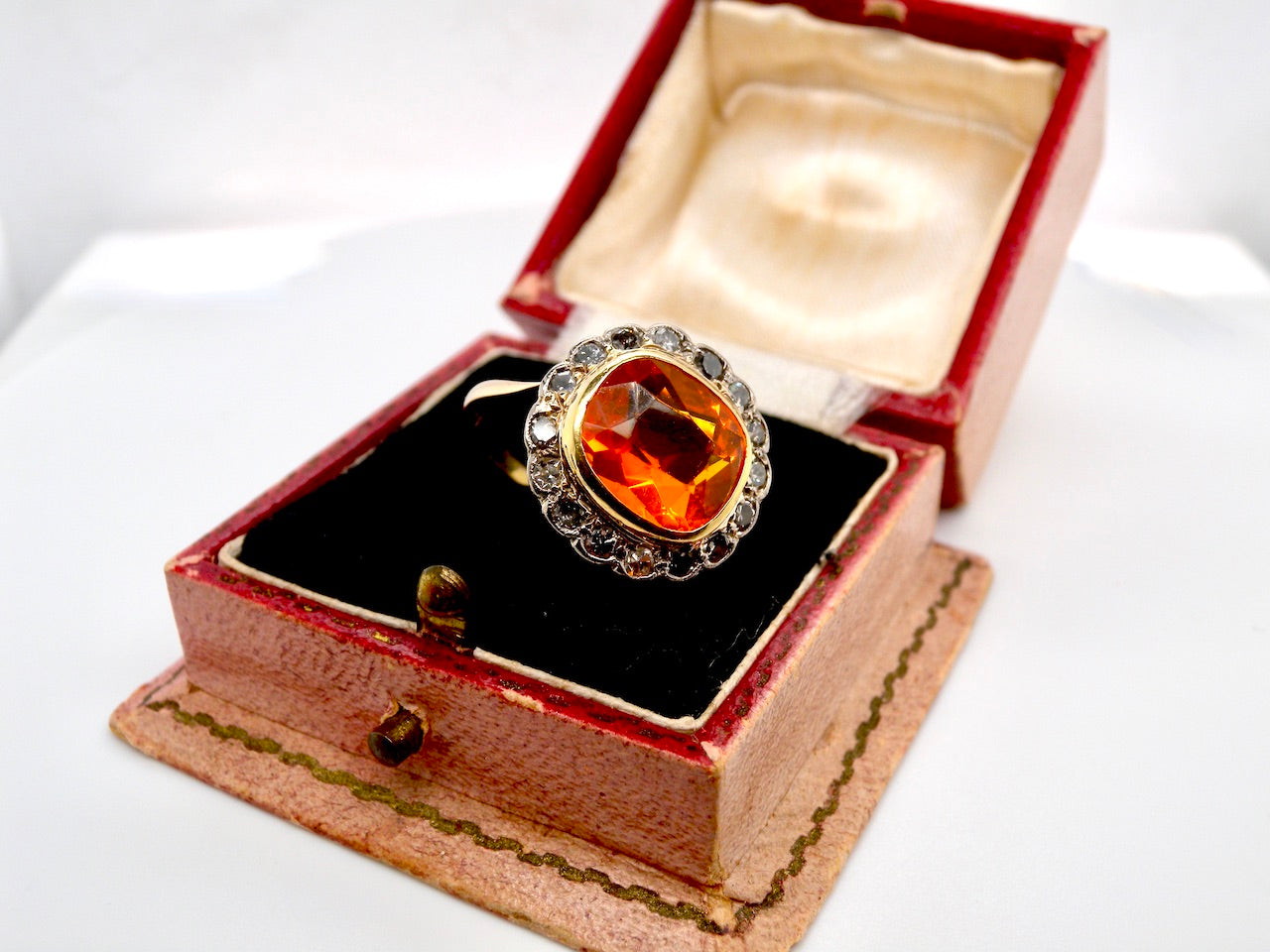I remember once showing a customer a strand of Victorian seed pearls. They weren’t large or flashy, but the way they glowed with a soft, almost candlelit lustre completely captivated her. That’s the charm of June’s birthstones they aren’t about bold sparkle, but about subtle beauty, mystery, and change.
In our shop, June has always been one of the most interesting months for birthstones. Over the years we’ve handled everything from Georgian seed pearl lockets to Victorian alexandrite rings that change colour in the light, and dreamy moonstone brooches from the Art Nouveau period. Each stone tells its own story and each one appeals to a different kind of collector. Each has its own character, and each carries centuries of history.
Pearls: Nature’s Treasures
Pearls are unlike any other gem because they’re organic, formed inside oysters rather than cut from rock. In Georgian and Victorian times, seed pearls were used to decorate lockets, rings, and mourning jewellery. When you see pearls under candlelight, you understand why they were treasured they don’t flash like diamonds, but they glow with a quiet warmth that feels deeply personal.
I’ll never forget a pearl and diamond tiara from the late 1800s that came through our hands. The pearls weren’t perfect, but the way the family spoke about it told me it had been passed down and loved for generations. That’s the thing with pearls they carry memories as much as they carry beauty.
Alexandrite

Alexandrite first appeared in Russia in the 1830s, and it baffled people straight away. In daylight it looked green, but under lamplight it shifted to red. Even now, when we show customers a Victorian alexandrite ring, they’re amazed at the way it changes before their eyes. The Victorians were fascinated by it, and it became a favourite in 19th-century rings and brooches.
I once examined a Victorian alexandrite ring where the stone shifted from forest green to a deep raspberry red as we moved it between lights. Customers are always amazed when they see it happen in person it feels almost like magic.
Today, fine natural alexandrite is rare, which makes antique pieces particularly valuable to collectors.
Moonstone: The Gem of Mystery

Moonstone has been treasured since ancient times, believed to be linked to lunar energy and romance. In the Art Nouveau period, jewellers like René Lalique embraced moonstone for its ethereal glow, using it in mystical, flowing designs.
In our own collection, we’ve had Edwardian moonstone rings with a soft “blue flash” that seems to float beneath the surface. Customers often describe them as “otherworldly” and it’s easy to see why.
Collector’s Tips for June Birthstones
Pearls: Look for well-matched strands with a strong, even lustre. Antique seed pearls are charming but fragile they require care.
Alexandrite: Natural stones with a strong colour change are rare and command high prices. Even small Victorian rings are sought after.
Moonstone: The best stones show a distinct “blue sheen” under light. Antique moonstones often have a softer, romantic quality compared with modern cuts.
FAQs About June Birthstones
Q: Why does June have three birthstones?
A: June is one of only a few months with multiple birthstones. Pearls were the traditional choice, but alexandrite and moonstone were later added to give variety and reflect different tastes.
Q: Are pearls suitable for everyday wear?
A: Pearls are softer than most gems, so they need care. We always tell customers to keep them away from hairspray and perfume, and to wipe them gently after wearing. Antique pearls are best worn on special occasions rather than daily.
Q: Is alexandrite valuable?
A: Yes. Natural alexandrite with a clear colour change is extremely rare. We’ve seen Victorian alexandrite rings fetch strong prices at auction, especially if the colour shift is dramatic.
Q: Why is moonstone associated with romance?
A: People have compared moonstone to moonlight for centuries. Old folklore said it could bring love and harmony and I’ve had more than one couple choose it as an alternative engagement stone for exactly that reason.We’ve often had customers choose moonstone as an alternative engagement ring because of that symbolism.
Q: Which of June’s stones is the most collectable?
A: It depends on taste. Pearls are classic, alexandrite is rare and valuable, and moonstone has a mystical charm. Collectors often end up drawn to all three for different reasons.
Final Thoughts
Few months are as lucky as June, with not one but three birthstones. Pearls bring history and sentiment, alexandrite adds a touch of rarity and surprise, and moonstone offers mystery and romance. Together, they give collectors plenty to fall in love with.
At Vintage Tom, we’ve handled all three across centuries of jewellery design from Georgian seed pearl lockets to Victorian alexandrite rings and Edwardian moonstone brooches. If any of June’s gems speak to you, take a look at the aquamarine, pearl, and moonstone pieces we’ve gathered at Vintage Tom. They each have their own character and when you see them in person, you’ll quickly understand why collectors never tire of them.
You May Also Like: Vintage Jewellery Christmas Gift Ideas




